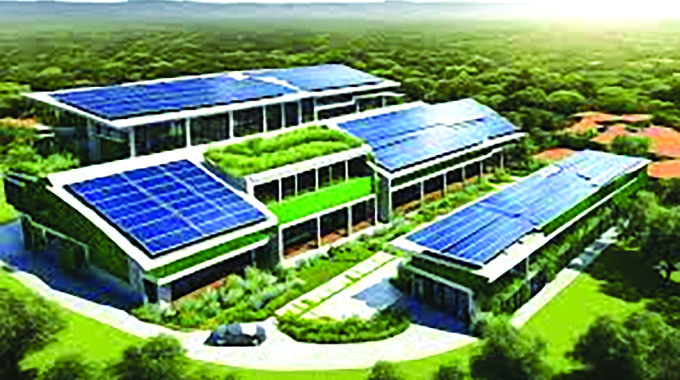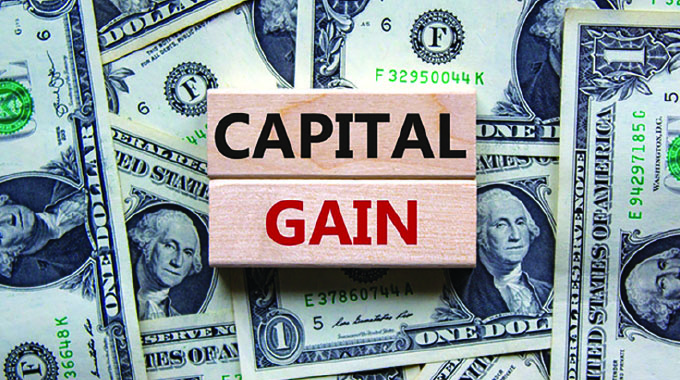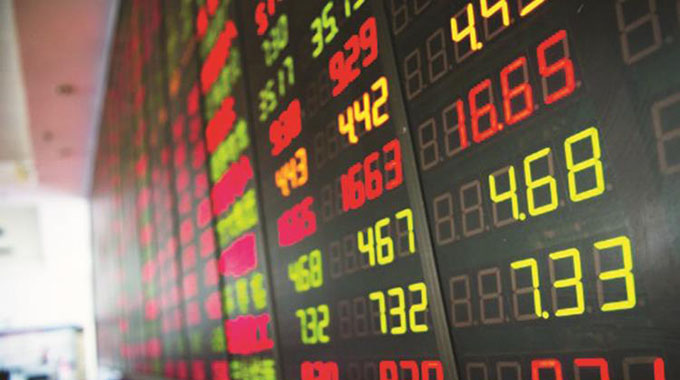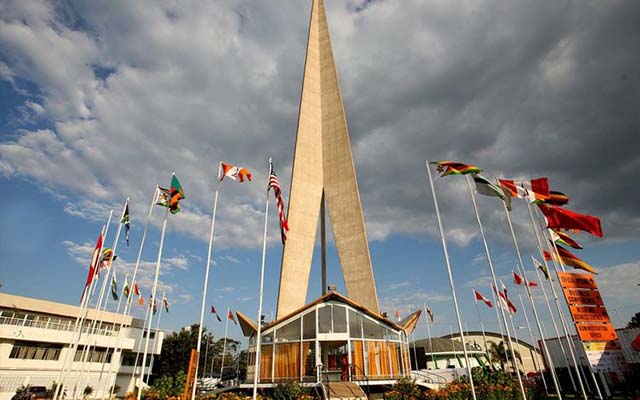Green building certification imperatives for Zim

Mike Eric Juru
THE global consciousness towards sustainable development has spurred significant transformation across various industries, with the real estate sector not an exception.
Zimbabwe has to navigate environmental, social and economic challenges. So, incorporating sustainability principles into its real estate market becomes paramount.
The statistics remain frightening, as more than 40 percent of global greenhouse gas emissions come from real estate. To put this into context, that is more than all the world’s transportation emissions combined, including airplanes, cars, trains and other modes.
In this article, we delve into the critical review of sustainability/green building certification, exploring its benefits and effectiveness across continents to advocate its introduction and compulsory implementation in Zimbabwe.
Green building certification refers to assessing, rating and certifying buildings based on environmental performance and resource efficiency. These certifications evaluate various aspects such as energy usage, water efficiency, materials selection, indoor environmental quality and the overall ecological footprint.
Through stringent standards and criteria, they seek to promote environmentally responsible construction practices and reduce the environmental impact of buildings throughout their lifecycle.
Green building certification has benefits not just to building owners since, in some countries, it provides tax incentives. To occupiers or users, better indoor air quality is achieved while to the authorities, evidence of commitment to protecting the environment is unmistakably evident.
Detailed benefits are as follows:
Environmental conservation: Sustainable building practices significantly reduce resource consumption and minimise environmental degradation. Energy-efficient designs, renewable energy integration and water conservation measures mitigate the carbon footprint and ecological strain, contributing to biodiversity preservation and climate change mitigation.
Economic viability: While initial investment in green building may seem higher, the long-term economic benefits outweigh the costs. Energy savings from efficient designs and technologies reduce operational expenses, enhance asset value and increase market competitiveness. Additionally, green buildings often attract higher rental yields and occupancy rates, yielding favourable returns on investment.
Health and well-being: Green buildings prioritise occupants, health and well-being by providing superior indoor air quality, ample natural lighting and optimal thermal comfort.
Enhanced indoor environments contribute to productivity, satisfaction and overall quality of life, reducing absenteeism and healthcare costs for occupants.
Social responsibility: Sustainable building practices foster social equity and inclusivity by addressing community needs and improving living conditions.
Green buildings enhance accessibility, safety and resilience, promoting social cohesion and equitable access to resources and amenities.
For effectiveness, green building certifications are not standard. Each geographical area has its own climate and specific certifications are accordingly required.
Outlined below are some tools used:
North America: Leadership in Energy and Environmental Design (LEED) certification in the United States has significantly influenced the construction industry by promoting energy-efficient designs, reducing carbon emissions and improving occupant health and well-being.
Many municipalities offer incentives for LEED-certified buildings, driving its widespread adoption. Canada’s Green Building Council administers the LEED certification system, encouraging sustainable building practices nationwide.
Europe: Building Research Establishment Environmental Assessment Method (BREEAM) certification is prevalent in Europe, emphasising sustainable design, construction and operation of buildings.
Countries like the United Kingdom have mandated BREEAM assessments for public sector buildings, leading to widespread adoption and innovation in green building technologies.
Asia: Singapore’s Building and Construction Authority (BCA) Green Mark certification incentivises developers to incorporate sustainable features in their projects, contributing to the city-state’s reputation as a green building leader in Asia. China’s Green Building Evaluation Standard has become increasingly influential in driving sustainability efforts in the world’s largest construction market, focusing on energy efficiency and environmental performance.
Africa: South Africa has made strides in promoting green building practices through the Green Building Council South Africa (GBCSA) and its Green Star rating system. The system has been instrumental in raising awareness, fostering innovation and reducing the environmental impact of buildings nationwide.
The GBCSA accredited the Green Building Council of Zimbabwe for existing building certification.
Should sustainability/green building certification be Introduced in Zimbabwe?
Zimbabwe stands at a pivotal juncture where sustainable development principles must be integrated into its real estate sector to address environmental challenges, enhance economic resilience and improve societal well-being.
Introducing and mandating green building certification in Zimbabwe would yield multifaceted benefits, aligning with the country’s sustainable growth and development vision.
Zimbabwe faces challenges related to climate change, including erratic rainfall patterns, droughts and extreme weather events.
Green building certifications should prioritise designs and technologies that enhance climate resilience, such as efficient water management systems, passive solar design and natural ventilation.
Zimbabwe experiences frequent power shortages and high energy costs. Green building certifications should improve energy efficiency by using renewable energy sources like solar power and energy-efficient appliances and lighting systems to reduce reliance on the national grid.
Water scarcity is a significant issue in Zimbabwe, particularly during drought. Green building certifications should promote water-efficient fixtures, rainwater harvesting systems, greywater recycling and drought-resistant landscaping to reduce water consumption and preserve this precious resource.
Using locally sourced materials and labour supports the local economy and reduces the environmental impact of transporting materials long distances. Green building certifications should incentivise using local, sustainable materials to minimise carbon emissions.
Zimbabwe faces pressing ecological concerns, including deforestation, water scarcity and pollution. By implementing green building certification, the country can mitigate environmental degradation, conserve natural resources and mitigate climate change impacts, fostering ecological resilience and sustainability.
Embracing green building practices presents economic opportunities for Zimbabwe, including job creation, investment attraction and economic diversification. By incentivising sustainable construction and retrofitting projects, the country can stimulate economic growth, enhance market competitiveness and foster innovation in green technologies and industries.
Green buildings prioritise human health and well-being, offering safer, healthier and more comfortable living and working environments.
In Zimbabwe, where access to quality housing and infrastructure remains challenging, green building certification can improve housing affordability, enhance living standards and promote social equity and inclusivity.
The imperative of sustainability/green building certification cannot be overstated in Zimbabwe’s real estate market, where the convergence of environmental, economic and social challenges necessitates transformative action.
By embracing sustainable development principles and mandating green building certification, Zimbabwe can foster a resilient, equitable and prosperous built environment that meets the needs of current and future generations.
As the country embarks on its sustainable development journey, adopting green building practices stands as a beacon of hope for a brighter, more sustainable future.
Mike Eric Juru is chairperson of the Green Building Council of Zimbabwe










Comments